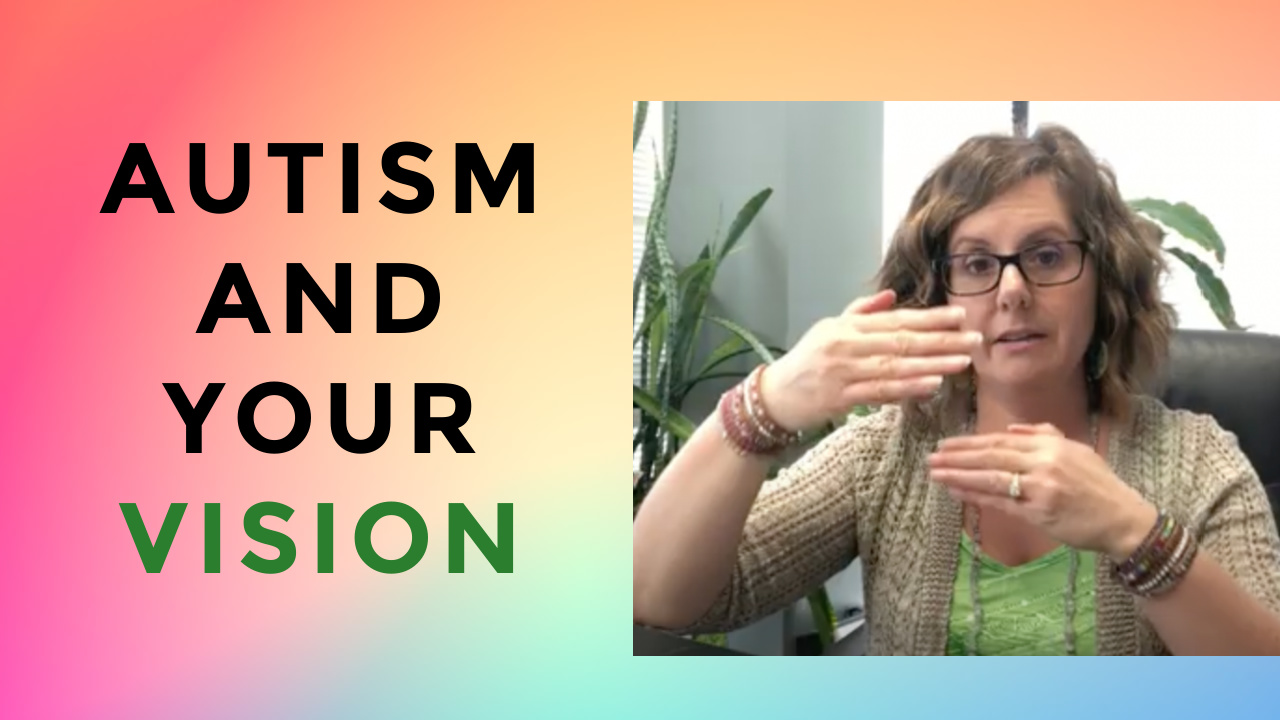April is Autism Awareness month. However, the staggering and jaw dropping statistics reported by the CDC in 2021 would make the word “awareness” seem very much out of place now. Current figures show 1 in 44 children (1 in 27 boys and 1 in 116 girls) are diagnosed with Autism Spectrum Disorder (ASD). The rates of childhood autism are at the highest level since 2000 when the CDC first began tracking it; with boys 4x more affected than girls. If that wasn’t heartbreaking enough, scientific speculation and using the trajectory over the years, implies that as early as 2025, we could see half the children being born in the United States receive a diagnosis.
With these alarmingly high rates, the prevalence of this disorder has reached every doorstep in our country; and for some families it has taken up residency within their homes.
Due to the wide, multi-layered symptoms and/or disabilities associated with Autism Spectrum Disorder, how each individual will be affected varies greatly. The goal here is to touch on Autism Spectrum Disorder with a more global scope to provide direction for the parent/guardian of a child or a loved one that might be struggling with vision who is on spectrum.
Let’s first look at some common visual disturbances in children with Autism Spectrum Disorder
- Poor eye contact
- Strabismus (an eye turn) – some sources site that more than 50% of those with ASD have some form of strabismus. Based on patient care here at Vision For Life and Success, that figure seems very low and a more indicative figure would be upwards of 90%
- Amblyopia (or lazy eye) – children in general have difficulty communicating struggles and/or symptoms. Thus one may not be able to articulate that they do not have full function of an eye. Or a child could simply just not know normal versus a deficit. As we know, children on the spectrum have increased challenges with communication and may not be able to report visual disturbances
- Tracking problems
- Generalized binocular vision or two-eyes coordinating issues
- Sensory integration issues
- Fear of heights – due to strabismus and/or binocular vision deficits they might not be able to judge their space correctly, lack depth perception, or have stereopsis; all impact the ability to judge heights
These are just some of the visual issues that can be found in children with Autism Spectrum Disorder. If you’d like more information about how Autism Spectrum Disorder impacts vision, COVD.org or optometrists.org are two excellent online resources.
Now that we have outlined some of the visual dysfunctions associated with Autism Spectrum Disorder, what is available for treatment?
At Vision For Life and Success, Photosyntonic (Syntonics) Light therapy is an absolute essential therapy stitched into each personalized vision protocol. Syntonics can help trigger the brain electronically via light which is filtered through Syntonics goggles to assist with reprocessing information. For example, a child struggling with sensory integration can harness the benefits of Syntonics. At the direction of Syntonics, the electronically stimulated brain may now more readily process sensory information and help a child be more calm.
With over 25 Syntonics goggles or filters to choose from, a child with Autism Spectrum Disorder will have a very tailored vision program here at Vision For Life And Success. Through the use of specific Syntonics filters, at different time intervals, Syntonics may assist the brain in rewiring, teaching it to reprocess vision more accurately, and smoothing out any kinks it has acquired as a result of Autism Spectrum Disorder.
Alongside with Syntonics, at Vision For Life and Success we utilize a therapy called Vision Therapy. This therapy can be thought of like a combination of OT/PT for the brain and eyes in which we physically teach or show the patient ways to improve on visual deficits. The tag team efforts of Syntonics (electronically stimulating the brain via filter light) and Vision therapy (physically training the brain and eyes to function together) have shown improvements with visual disturbances in patients with Autism Spectrum Disorder.
At Vision For Life And Success, because we use effective, complimentary, and non-invasive therapies, such as Syntonics, the transformative stories of our patients, especially those with an Autism Spectrum Disorder diagnosis, continue to accumulate. Check out one of our success stories:
We found Vision for Life while scrolling the internet when we were concerned, though our son had glasses, he could not see. Homework seemed to take hours and his emotions were always out of control. We felt, as parents, his prescription lenses were high power and knew something needed to be done for him to be able to see better and lower that power. After our first check (after 8 weeks of therapy), we were amazed and grateful for his progress and results. It has been a commitment, with lots of hours and tears but we cannot thank Dr. Julie and Sherry for their dedication to our son’s care. — Ashely
If you are interested in learning more about or know someone who could benefit from our customized vision therapy programs, please visit our website at visionforlifeworks.com or contact us directly at (618) 288-1489. Schedule a consultation and get started on the healing journey today!
